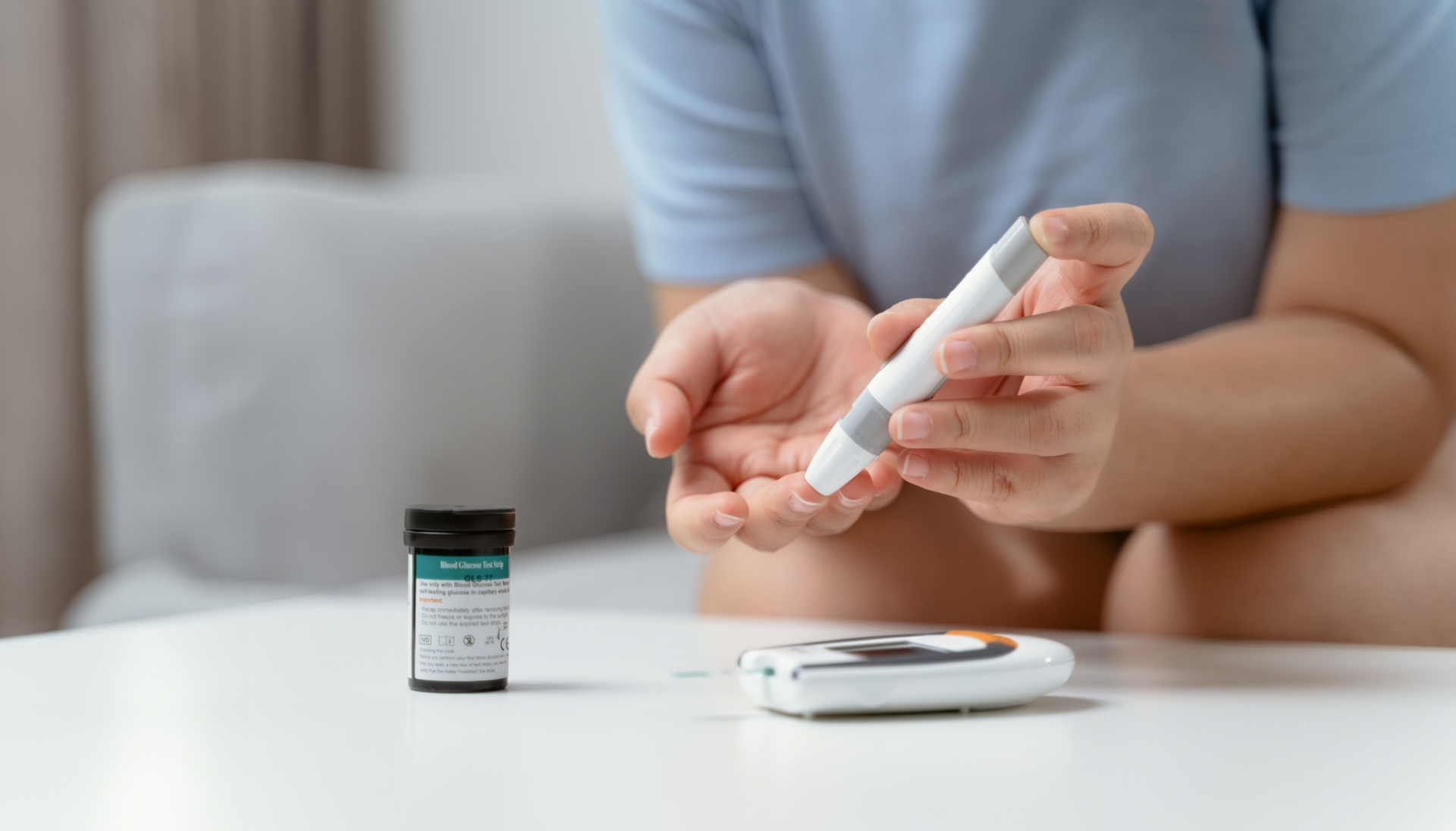The Glucose Tolerance Test (GTT) is a crucial diagnostic tool used to assess how well your body processes glucose, which is critical for diagnosing diabetes and prediabetes. This test is particularly important for individuals at risk of developing diabetes, as early detection can help prevent or manage the disease more effectively.
What is a Glucose Tolerance Test?
The Glucose Tolerance Test (GTT) is a blood test that measures how your body responds to a sugar load. The test involves drinking a glucose solution and then measuring your blood sugar levels at different intervals. The GTT is used to diagnose:
- Pre-diabetes: When blood glucose levels are higher than normal but not yet high enough to be classified as diabetes.
- Gestational diabetes: A type of diabetes that develops during pregnancy.
- Type 2 diabetes: When the body does not properly use insulin, leading to high blood glucose levels.
The GTT test involves multiple blood draws after consuming a glucose solution, usually over the span of two hours, to monitor how your body processes the glucose.
When Should You Take a Glucose Tolerance Test?
The Glucose Tolerance Test is typically performed if you have risk factors for diabetes or show symptoms that suggest abnormal blood sugar levels. Here are some common scenarios when you might need a glucose blood test:
-
High risk of diabetes
If you are at higher risk of developing diabetes, your healthcare provider may recommend a Glucose Tolerance Test to monitor your blood sugar levels. Risk factors for diabetes include:
- Obesity: Being overweight or obese increases your risk of developing insulin resistance, which can lead to diabetes.
- Family history: Having a family member with diabetes increases your chances of developing the condition.
- Physical inactivity: Lack of exercise is a contributing factor to the development of diabetes.
- Age: Individuals over the age of 45 are at higher risk for developing Type 2 diabetes.
- Ethnicity: People of certain ethnic backgrounds, including African American, Hispanic, Native American, and Asian American, are at greater risk of developing diabetes.
-
Symptoms of high blood sugar
If you experience symptoms associated with high blood sugar, such as frequent urination, increased thirst, unexplained weight loss, blurred vision, or fatigue, a glucose test may be ordered to check your blood sugar levels.
-
During pregnancy
Pregnant women are routinely screened for gestational diabetes using the Glucose Tolerance Test pregnancy as part of prenatal care. Gestational diabetes can develop during pregnancy and may lead to complications if left undiagnosed. The test is typically done between the 24th and 28th week of pregnancy. Women at higher risk of developing gestational diabetes include:
- Obesity or excessive weight gain during pregnancy
- Previous gestational diabetes
- Family history of diabetes
- Older maternal age (over 25 years)
- Having a baby with a high birth weight in a previous pregnancy
In these cases, the glucose tolerance test pregnancy helps diagnose gestational diabetes, allowing for timely management to avoid complications for both the mother and the baby.
-
Monitoring blood sugar levels
For individuals already diagnosed with diabetes, the Glucose Tolerance Test may be used to monitor the effectiveness of treatments, such as lifestyle changes or medications, in controlling blood sugar levels. The test can help determine whether adjustments to treatment are necessary.
-
Diagnosing pre-diabetes
If you have risk factors for diabetes but do not yet have symptoms or a diabetes diagnosis, your doctor may recommend the GTT test to determine if you are at risk of developing Type 2 diabetes. Early detection of pre-diabetes is critical in preventing or delaying the onset of full-blown diabetes through lifestyle modifications.
How Does the Glucose Tolerance Test Work?
The Glucose Tolerance Test involves fasting overnight before the test. A blood sample is taken to measure your fasting blood glucose level. You will then drink a glucose solution containing a specific amount of glucose, usually 75 grams for adults or 50 grams for pregnant women. After consuming the glucose, blood samples will be taken at intervals, typically at one hour and two hours, to measure how your body processes the glucose.
If your blood sugar levels are elevated beyond a certain threshold, this may indicate prediabetes or diabetes.
Understanding the Results of the Glucose Tolerance Test
Blood glucose levels return to normal within two hours of consuming the glucose solution.
- Impaired glucose tolerance (pre-diabetes): If your blood sugar levels are higher than normal but not high enough to be classified as diabetes, this is known as impaired glucose tolerance (IGT).
- Diabetes: If your blood glucose levels remain high two hours after consuming the glucose solution, it indicates that you may have diabetes.
Here are the typical diagnostic thresholds for the glucose tolerance test:
- Fasting blood sugar: 70–99 mg/dL (Normal), 100–125 mg/dL (Pre-diabetes), 126 mg/dL or higher (Diabetes)
- One hour after drinking the solution: Less than 180 mg/dL (Normal), 180–199 mg/dL (Impaired Glucose Tolerance), 200 mg/dL or higher (Diabetes)
- Two hours after drinking the solution: Less than 140 mg/dL (Normal), 140–199 mg/dL (Impaired Glucose Tolerance), 200 mg/dL or higher (Diabetes)
Some companies now offer the option of a glucose tolerance test at home. These at-home tests typically involve using a device to measure your blood sugar levels at different intervals after consuming a glucose solution. While these tests can be convenient, they may not provide the same level of accuracy and reliability as those conducted in a clinical setting.
If you are considering a tolerance test at home, it’s important to ensure that the test is FDA-approved and that you follow all instructions carefully to ensure accurate results.
Glucose Test in Pregnancy: Why It’s Important
The Glucose Tolerance Test in pregnancy is critical for identifying gestational diabetes, a condition that can increase the risk of complications for both the mother and baby, such as high birth weight, preeclampsia, and premature birth. By detecting gestational diabetes early, healthcare providers can offer treatment and lifestyle recommendations to help manage the condition and improve outcomes.


